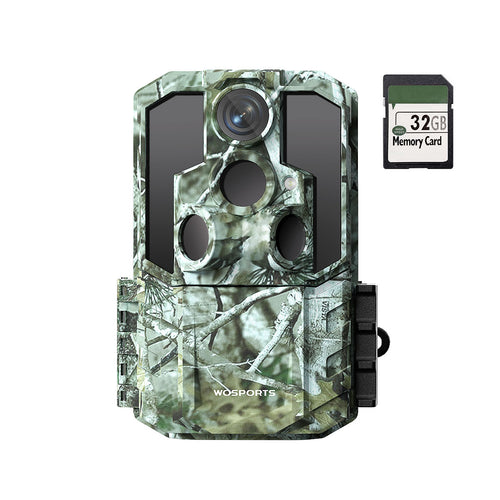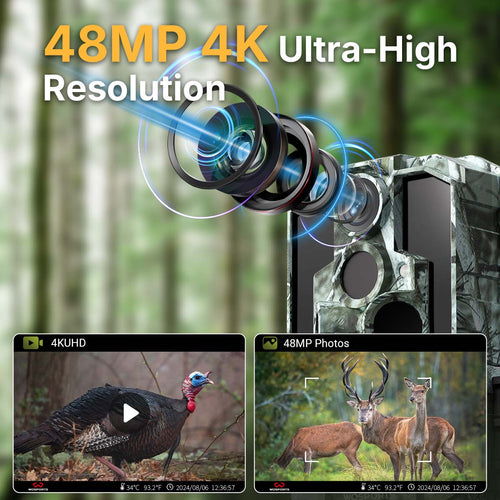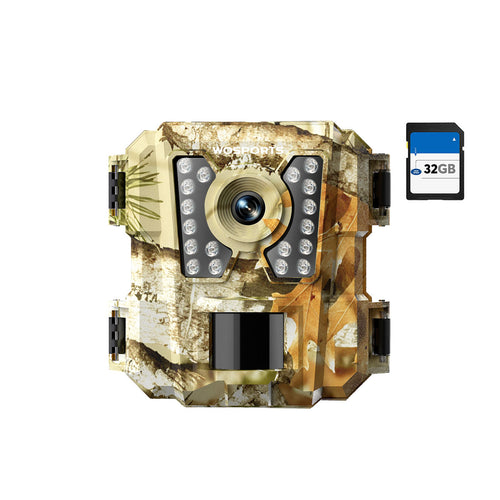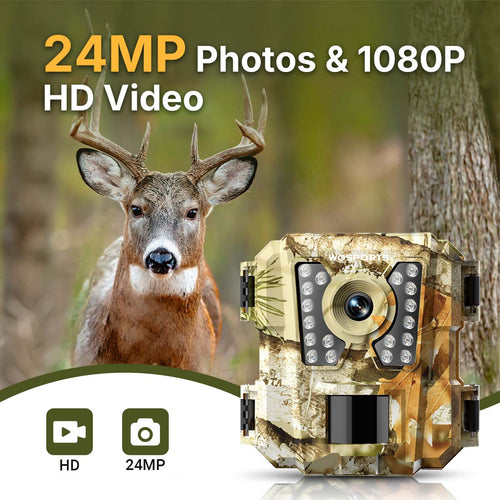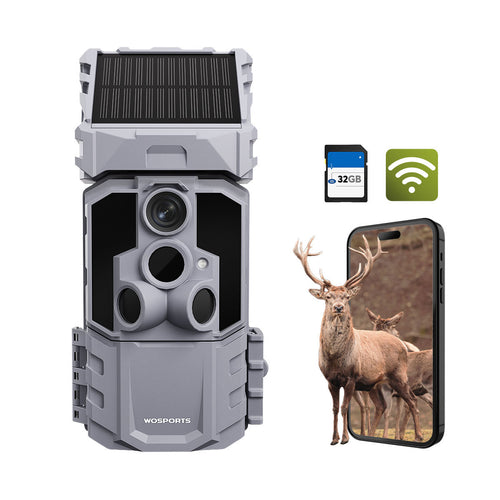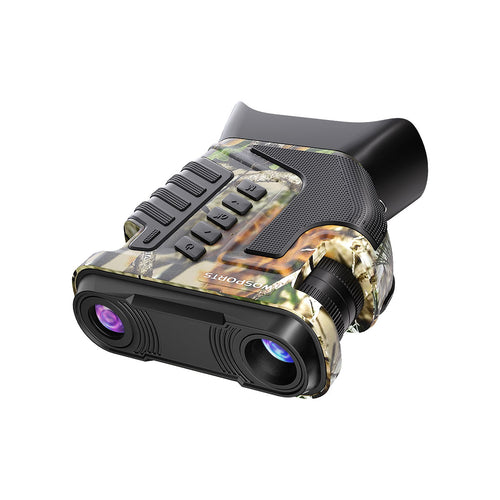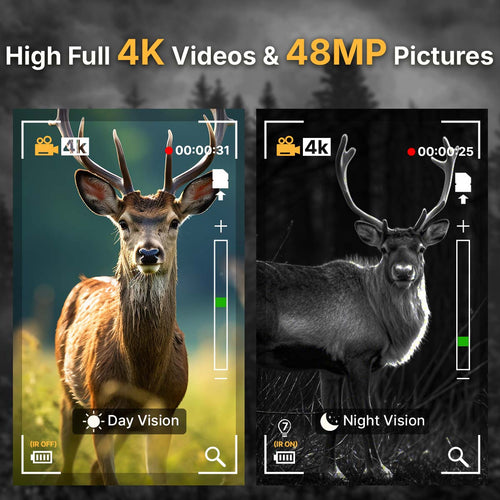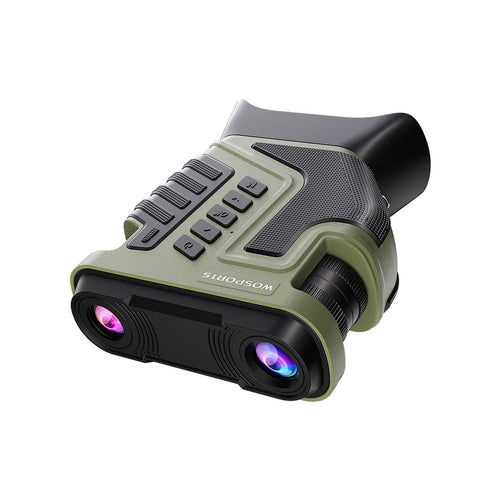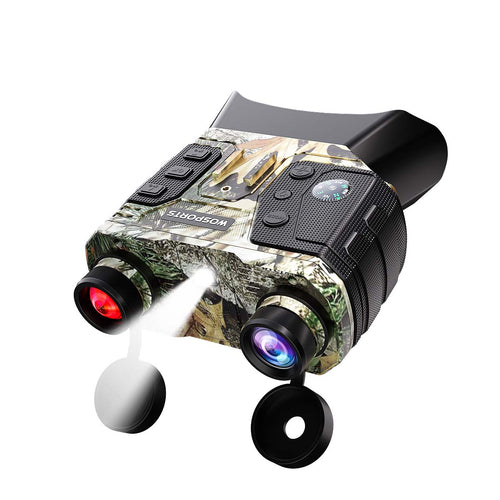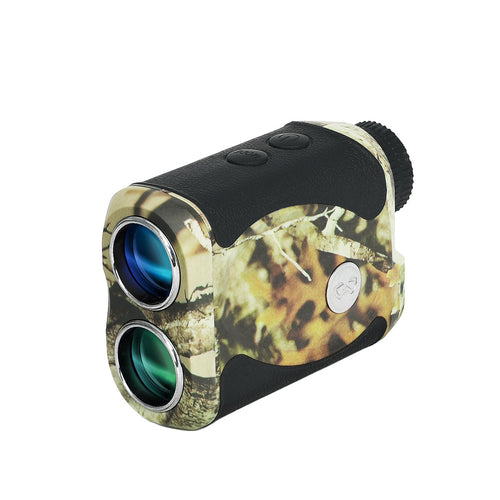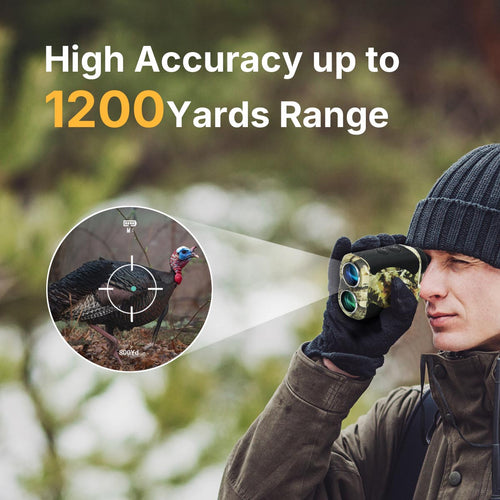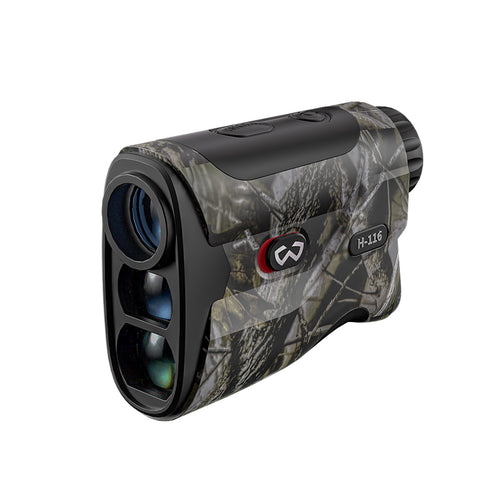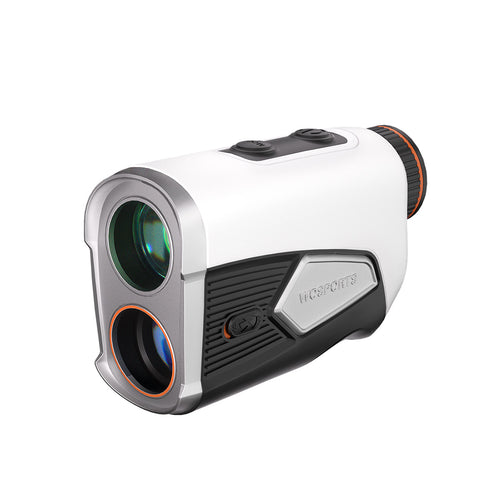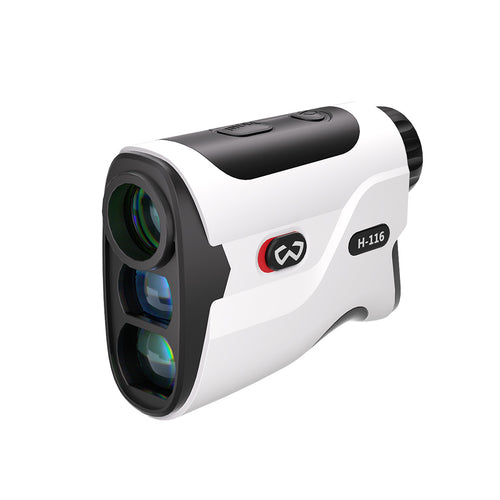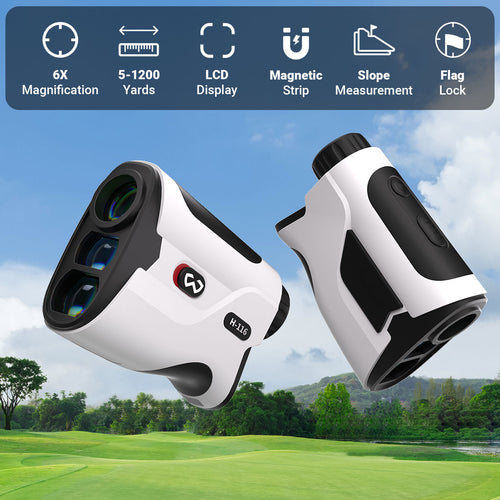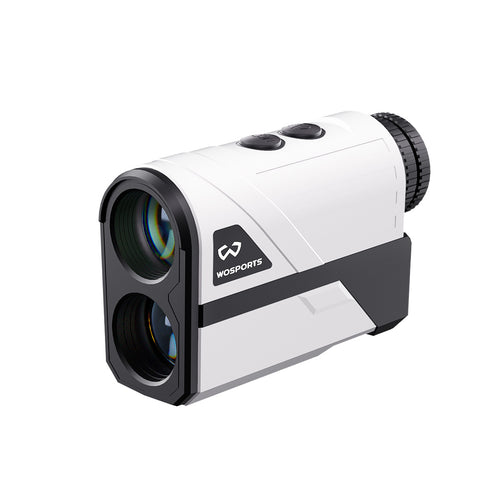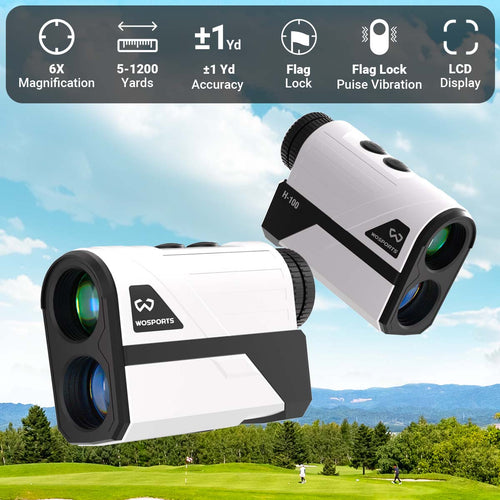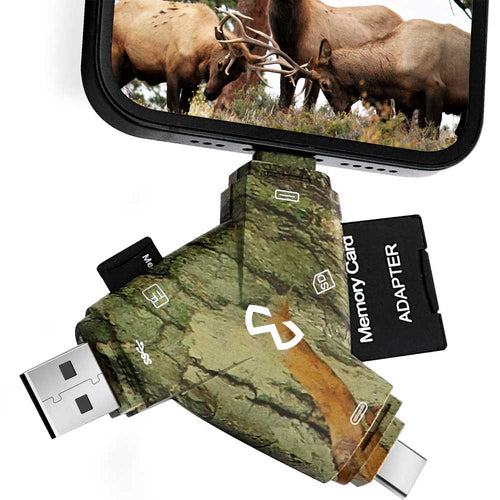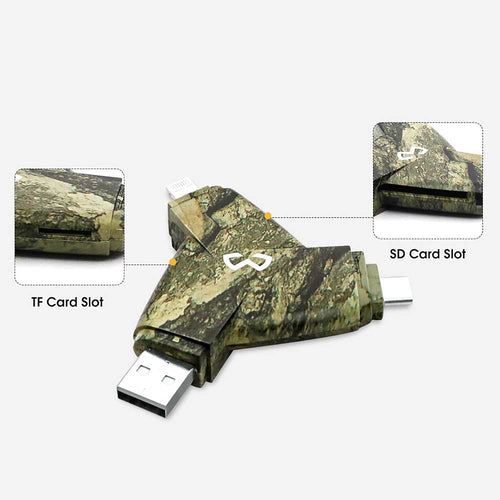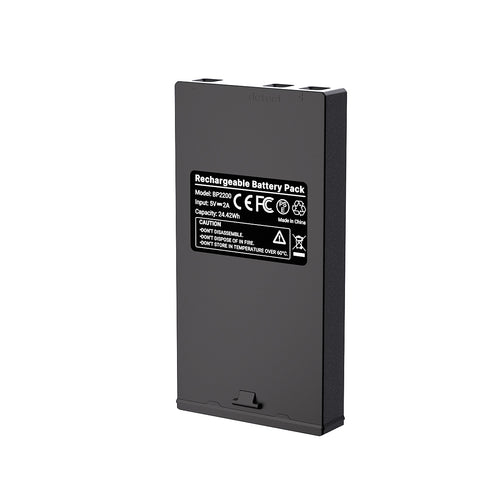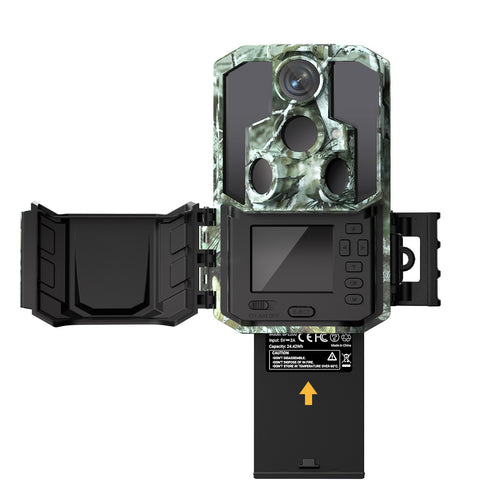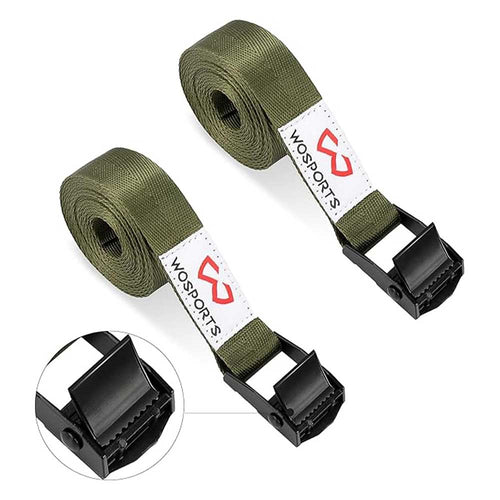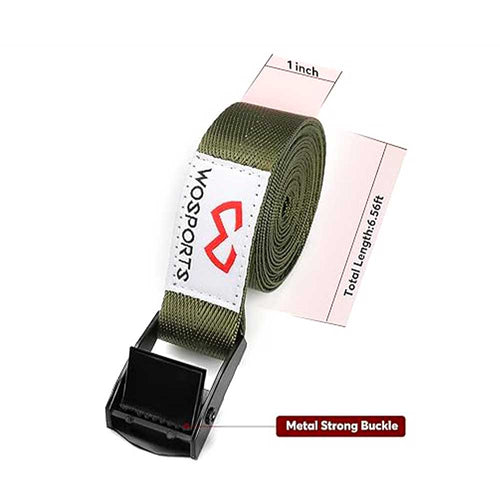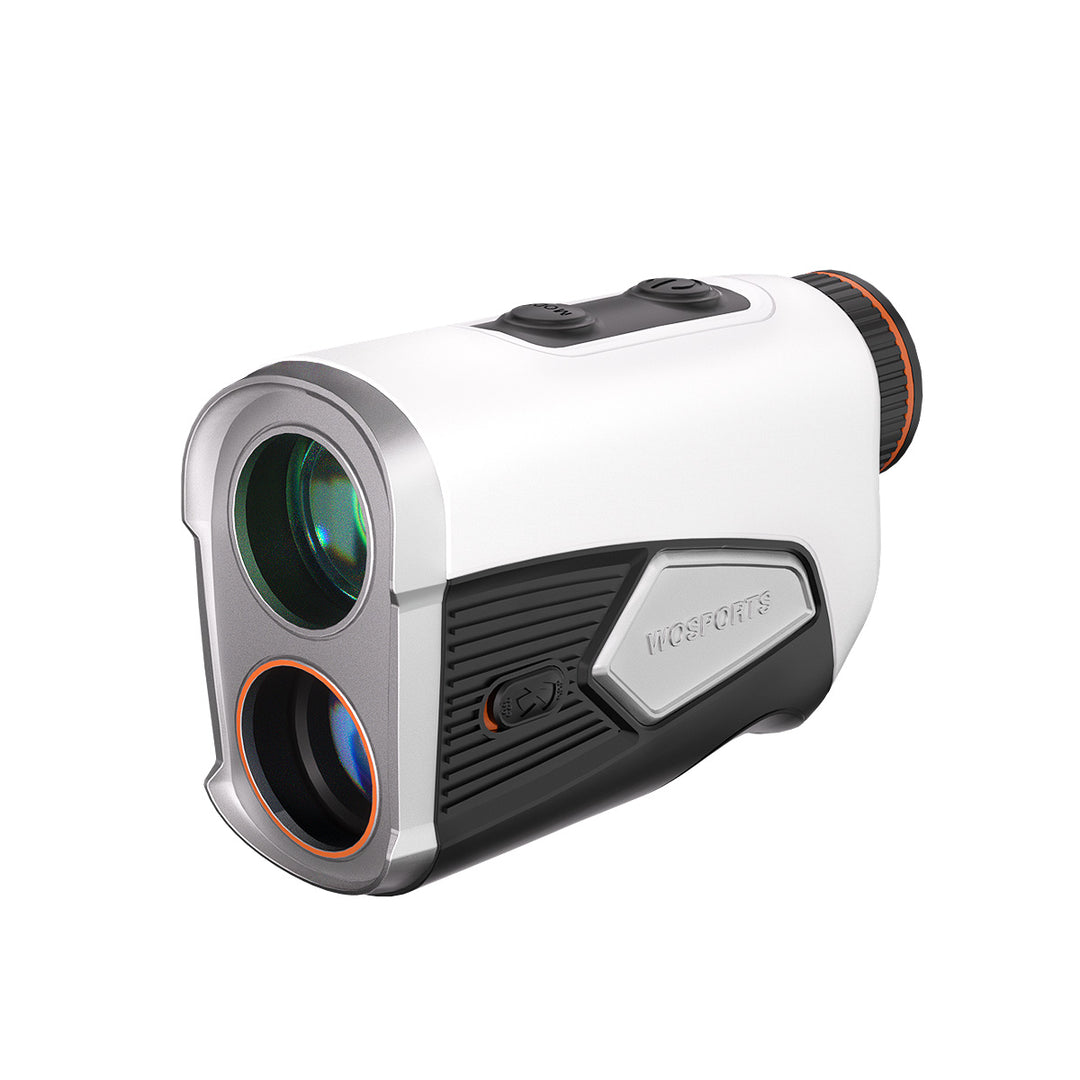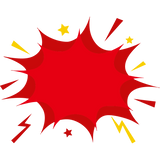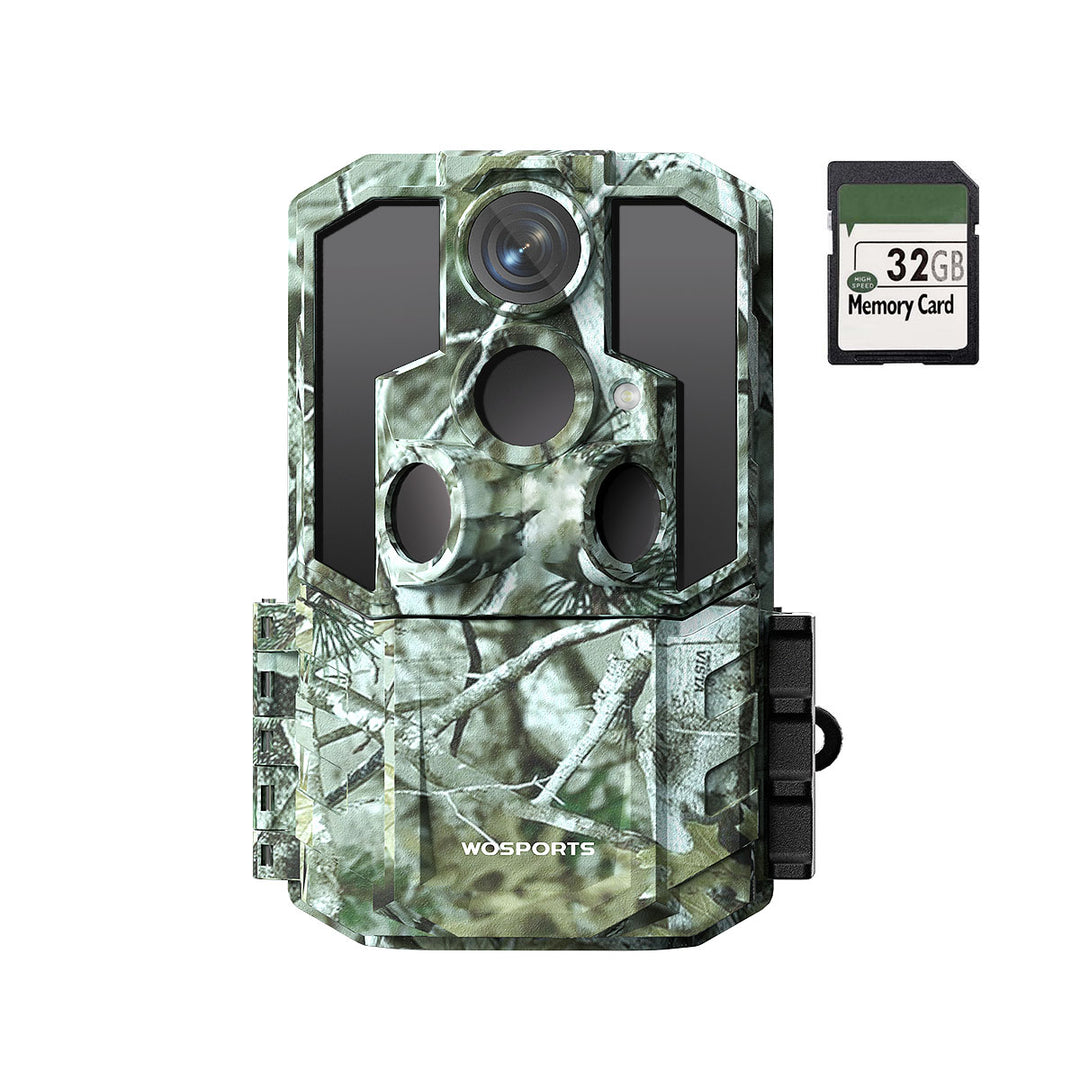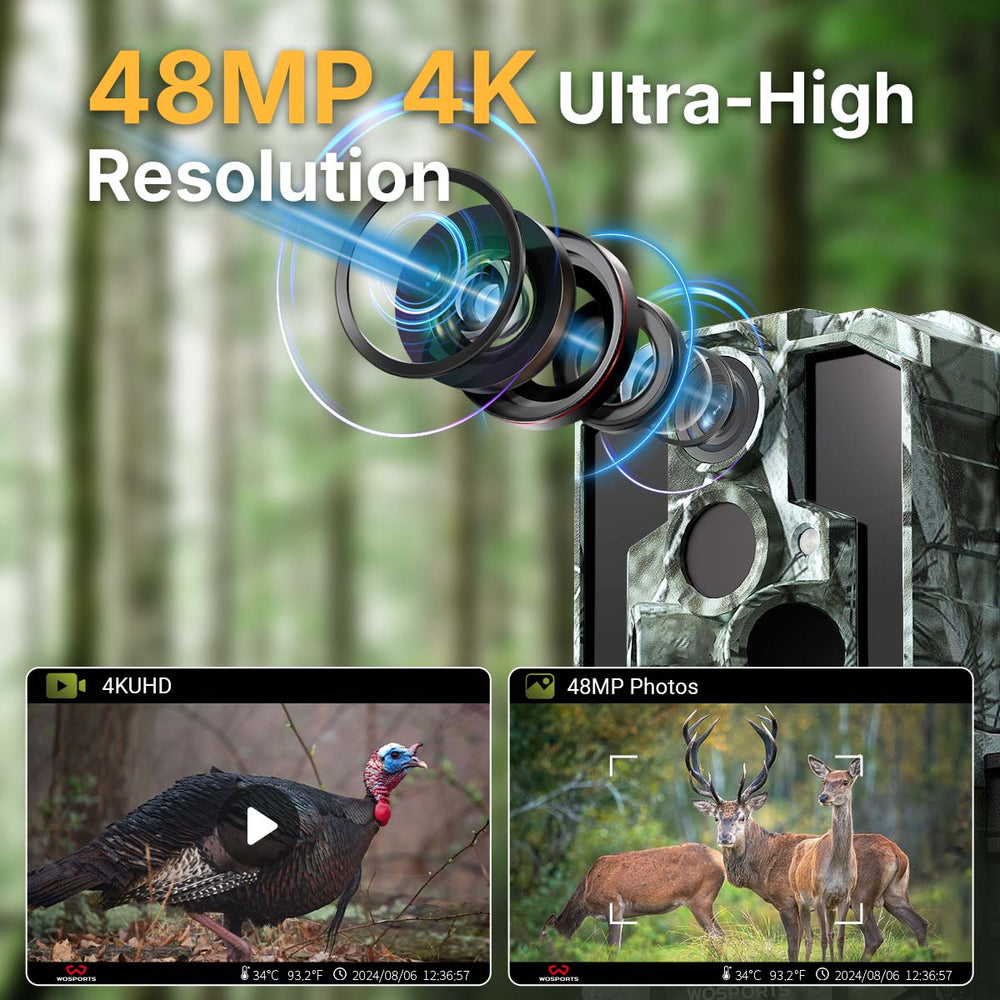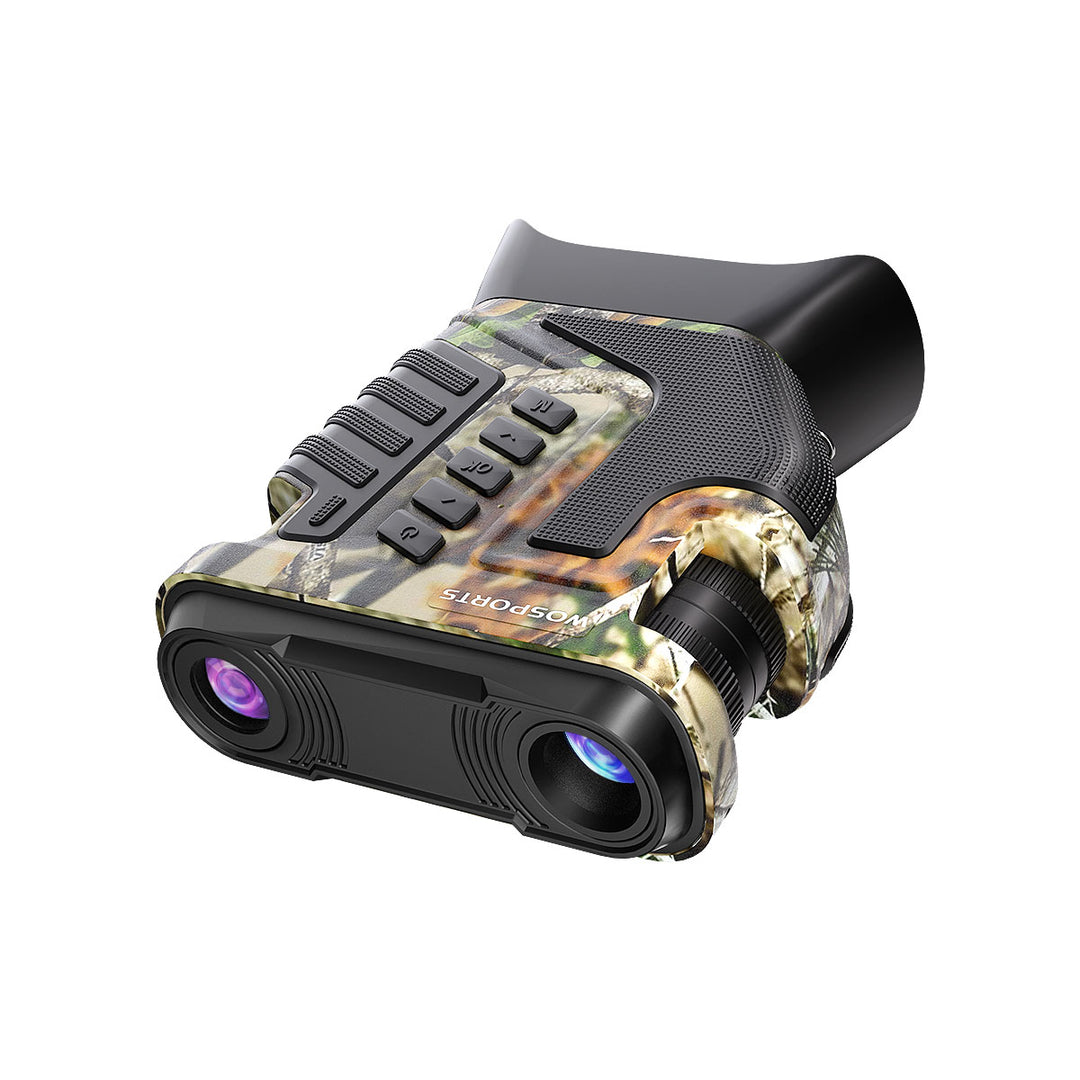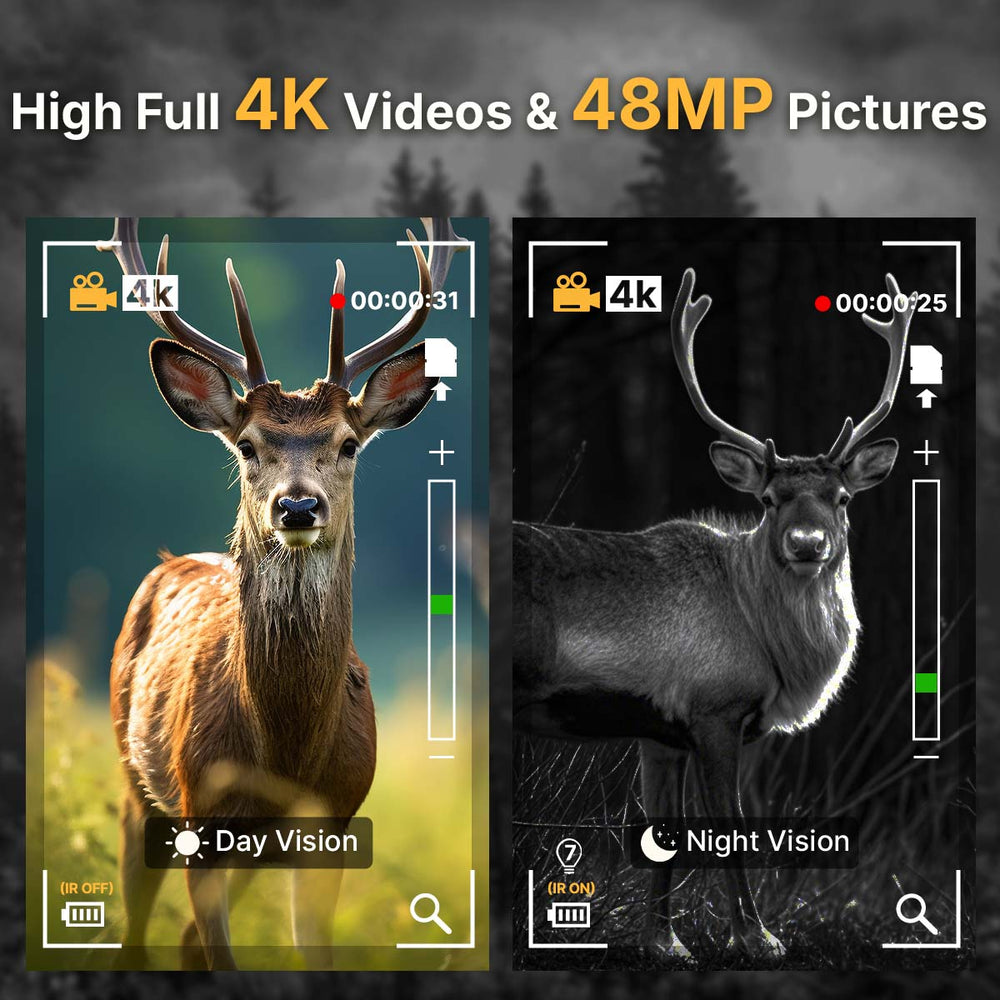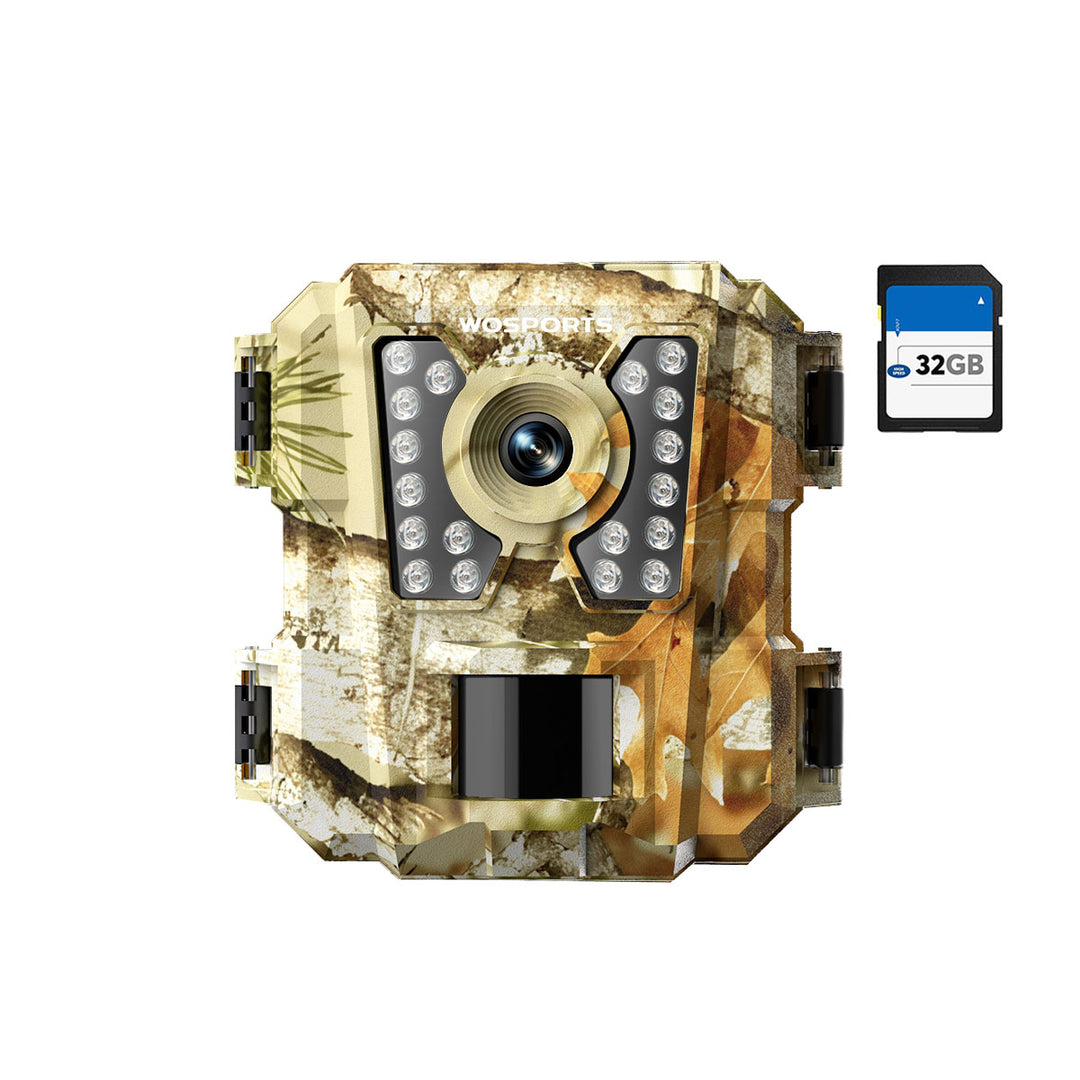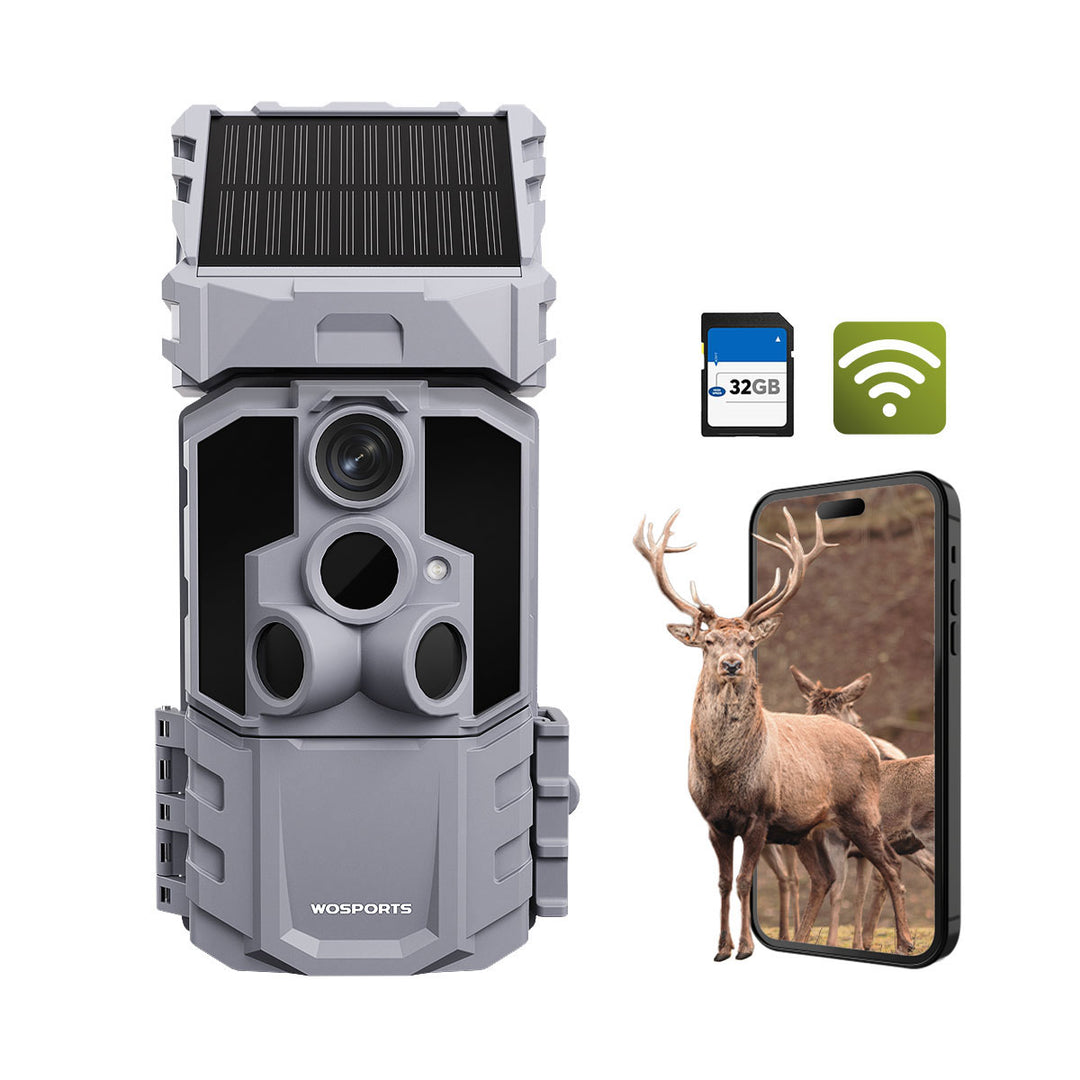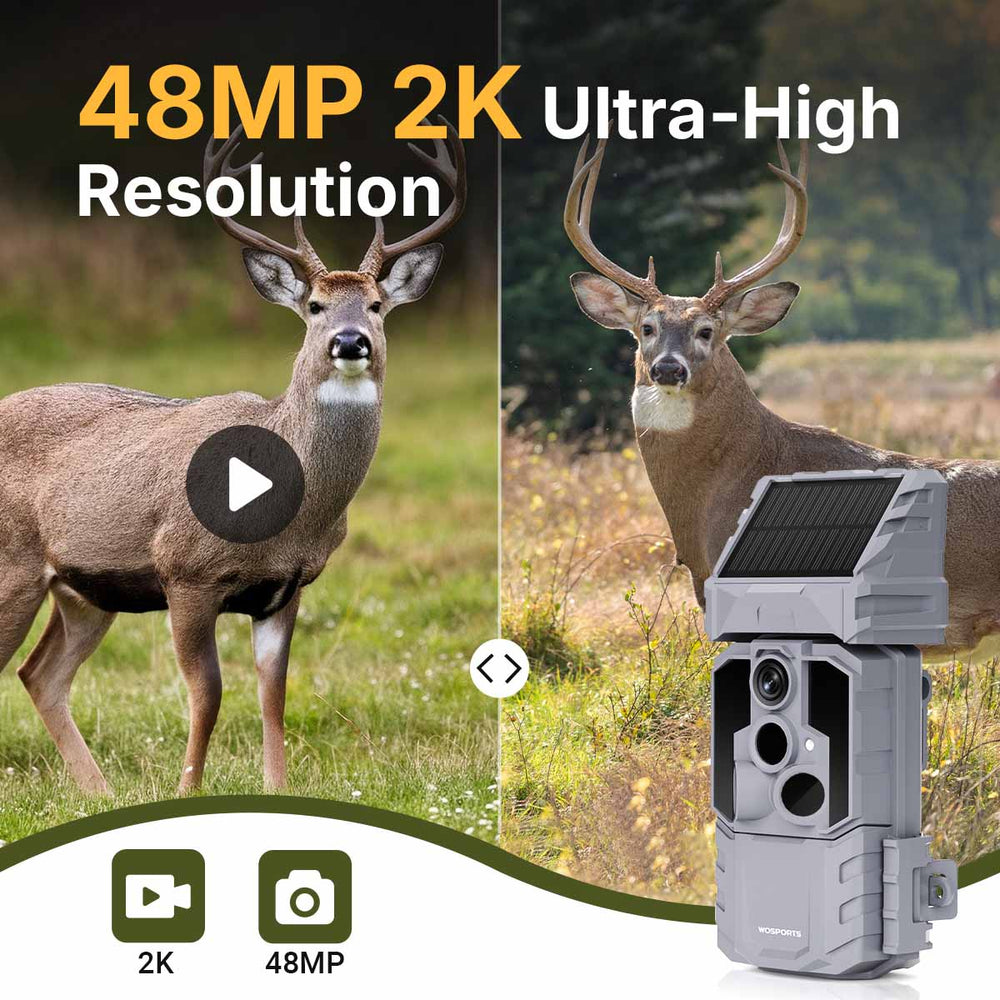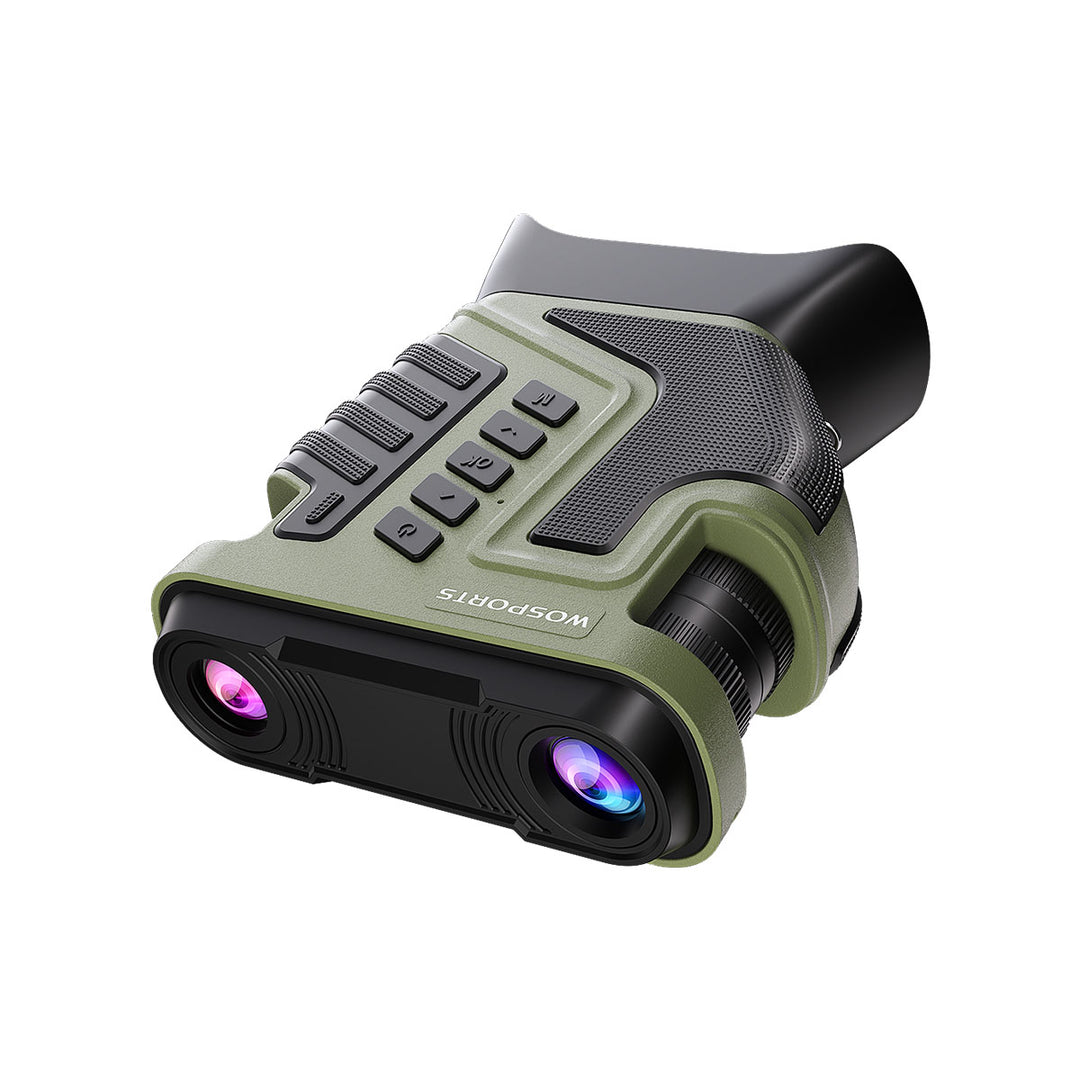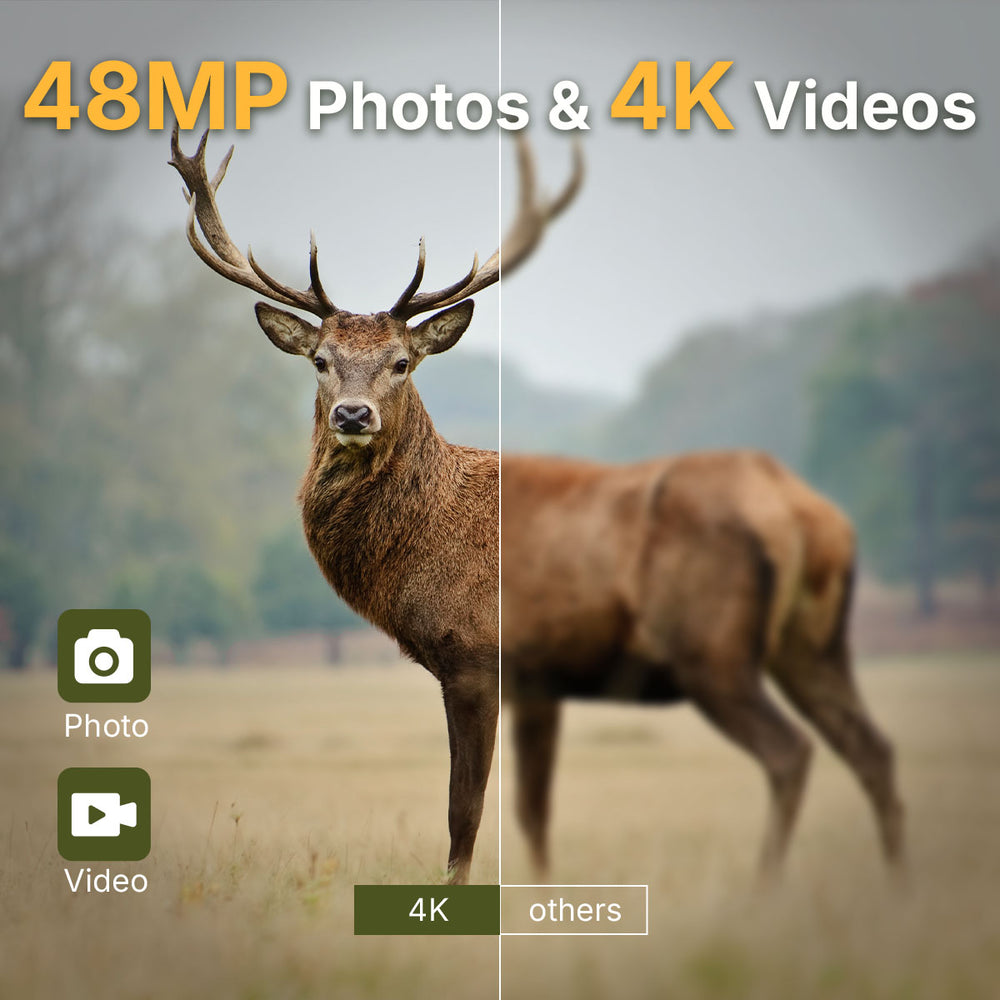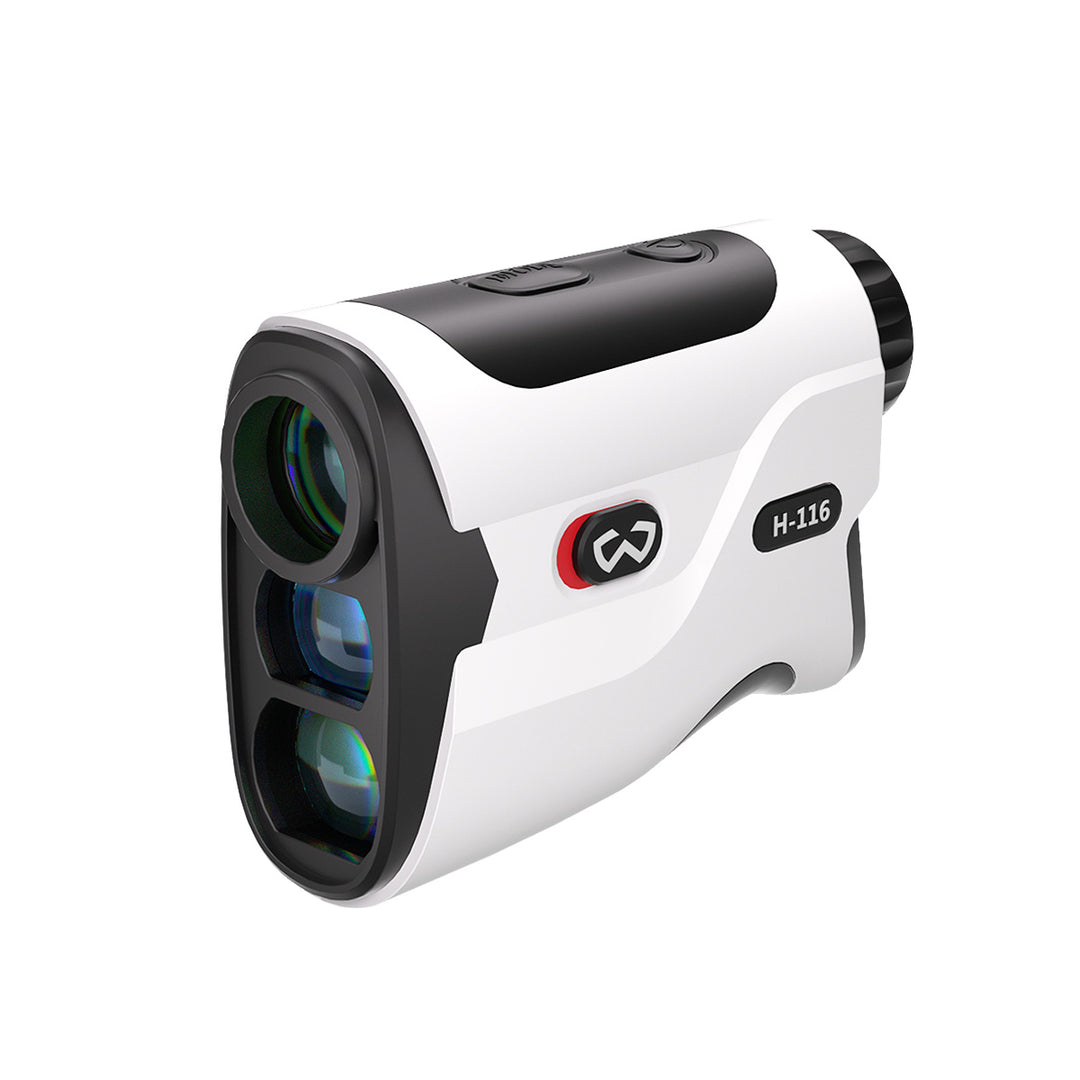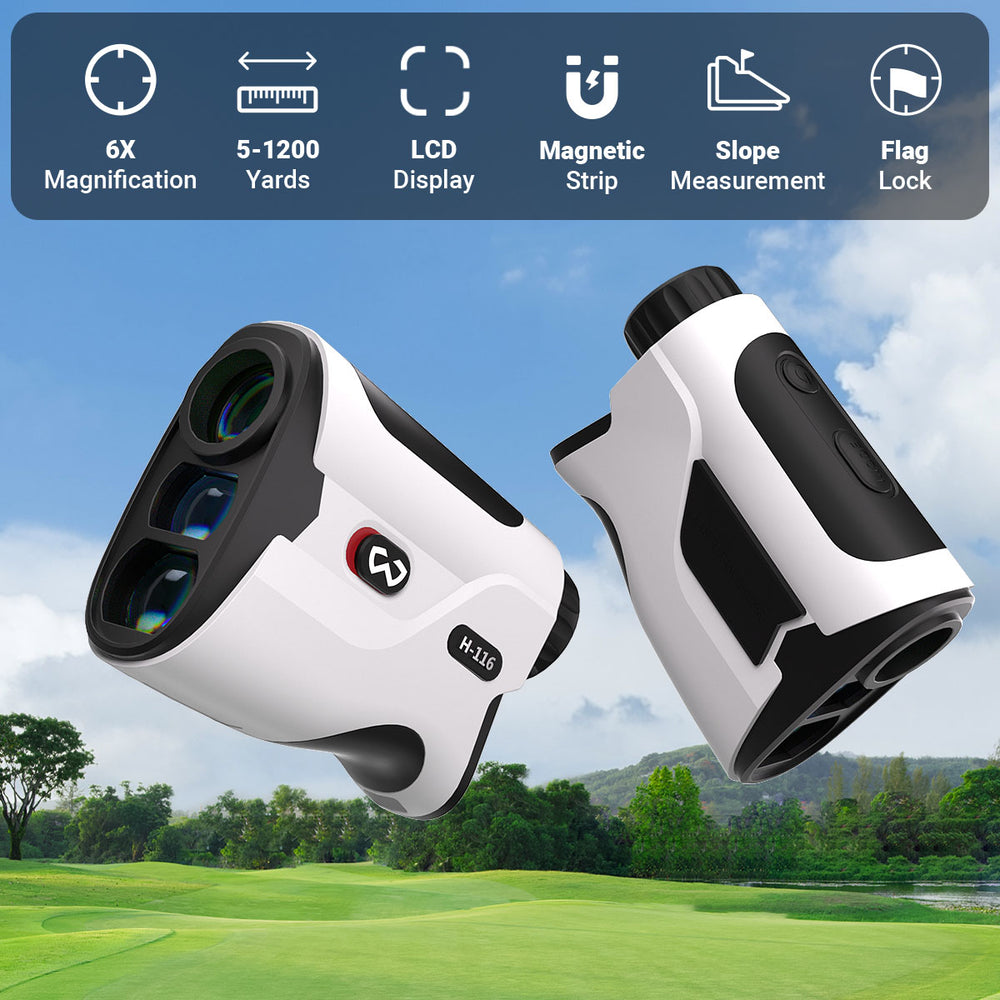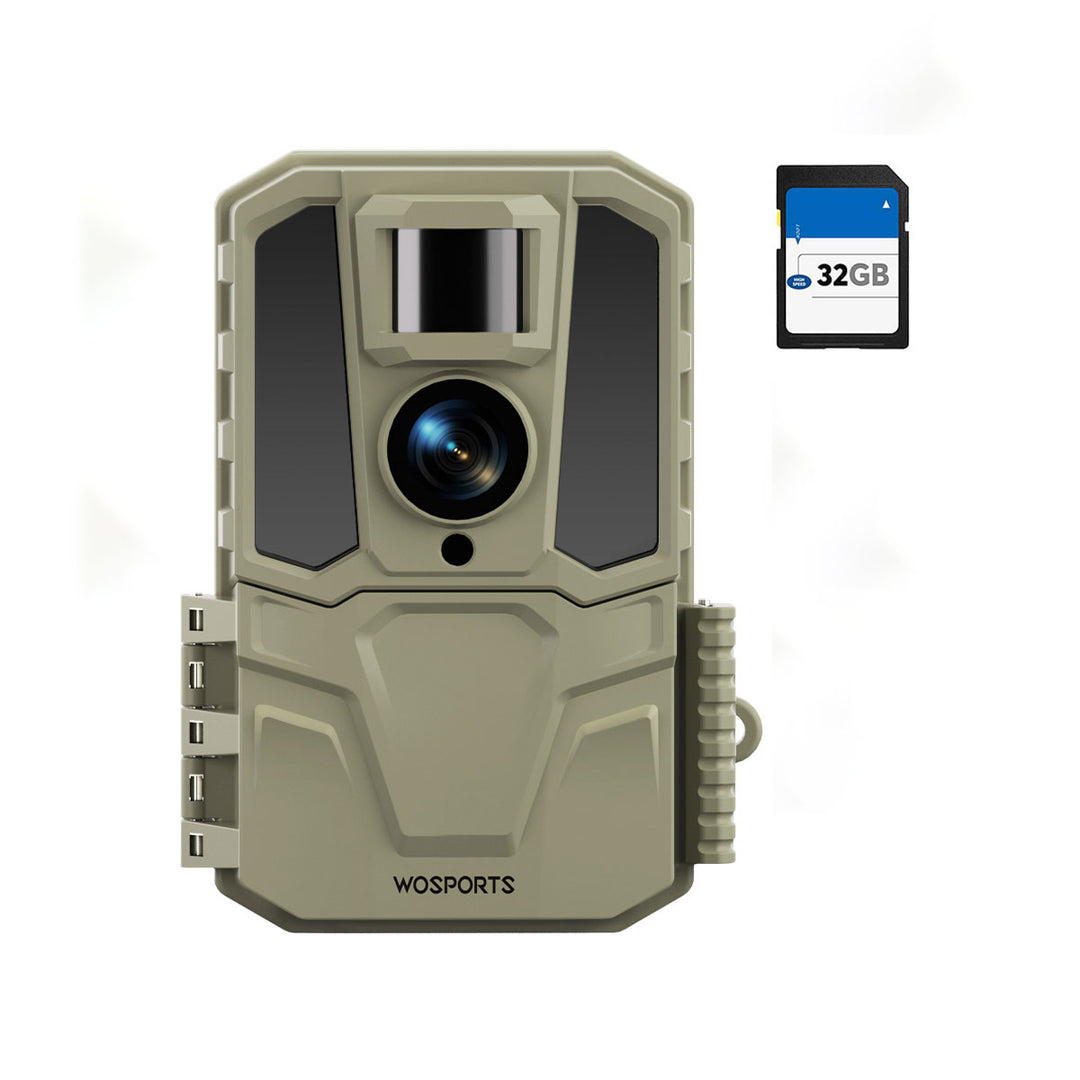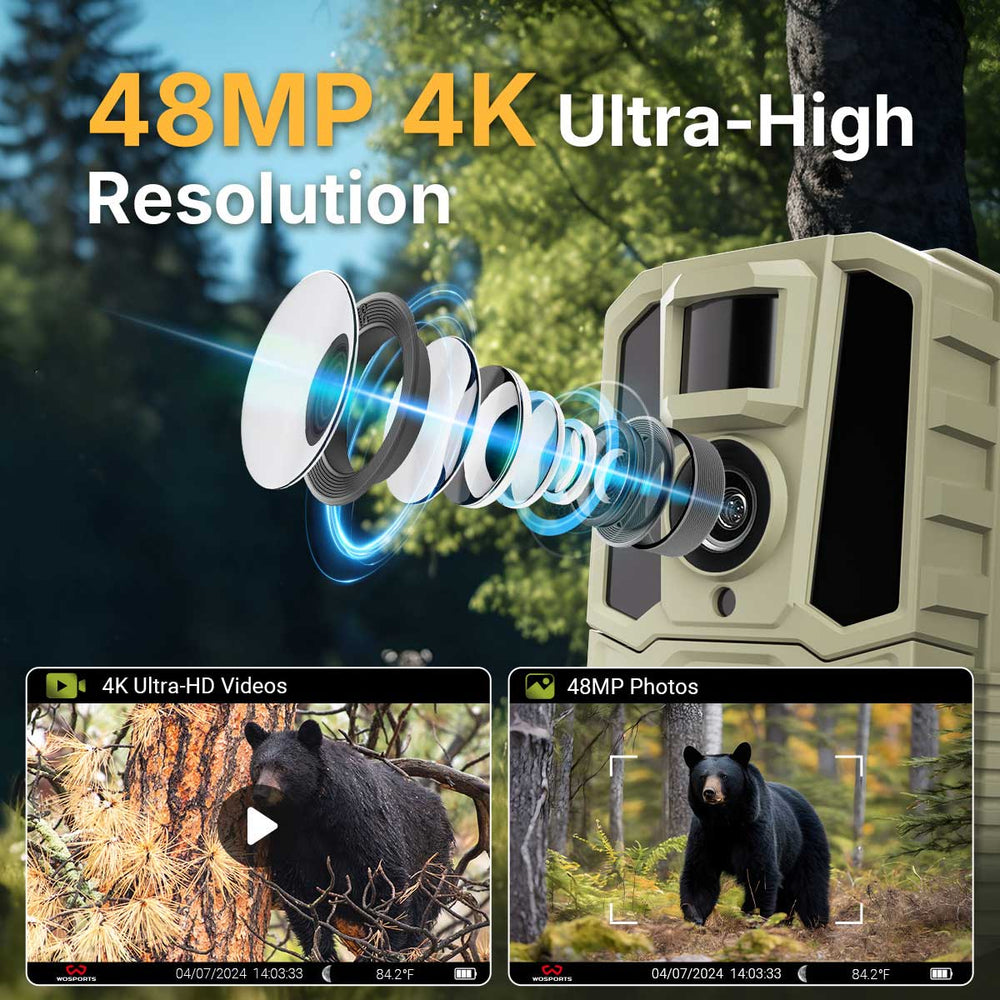How to Increase Your Golf Accuracy
Accuracy in golf is critical. If you're searching for how to increase your golf accuracy, you're already on the path to better results. This guide will help you learn how to become a more precise and consistent player by improving your golf accuracy.
Golf Accuracy Matters More Than Distance!
Before diving into techniques, let’s get clear on why accuracy should be your priority:
PGA Tour Statistics show that players who hit more fairways and greens in regulation (GIR) consistently rank higher in earnings and performance.
According to a study by Shot Scope, the average amateur golfer loses 2–3 strokes per round due to inaccurate approach shots and poor club selection.
Noted: High handicap players miss the green on approach over 70% of the time, mainly because of misjudging distances and direction.
How to Improve Your Golf Accuracy?
1. Refine Your Swing Fundamentals
You can’t be accurate if your swing isn’t repeatable. Accuracy starts with mastering the fundamentals of a technically sound swing:
Key Focus Areas:
- Neutral Grip: A grip that’s too strong often causes hooks; too weak causes slices.
- Proper Posture: Maintain a straight back and relaxed arms to ensure balance throughout the swing.
- Consistent Tempo: A rushed takeaway or downswing leads to poor contact. Aim for a 3:1 backswing-to-downswing rhythm.
Tips
>>How to Practice Golf Effectively
2. Measure Your Progress With Shot Data
Practicing without measurement is like shooting darts blindfolded. To increase your golf accuracy effectively, track your performance using:
- Launch monitors (e.g., SkyTrak, TrackMan).
- Mobile shot-tracking apps (e.g., Arccos Caddie, V1 Golf).
- GPS + performance stats systems.
These tools provide stats on:
- Ball speed
- Spin rate
- Launch angle
- Carry vs. total distance
- Shot dispersion (a key indicator of accuracy)
A study by Golf Monthly revealed that players using data tools improved their fairway hit percentage by 17% on average within 6 weeks.
3. Use a Golf Rangefinder for Better Target Precision
One of the most effective — and often overlooked — tools for improving accuracy is the golf rangefinder. It eliminates distance guesswork and helps you choose the right club with confidence.
Advantages of Using a Golf Rangefinder:
- Measures exact yardages to flags, bunkers, trees, and hazards.
- Many models (like WOSPORTS golf rangefinder with slope) include slope compensation, factoring in elevation changes.
- Speeds up play and improves decision-making.
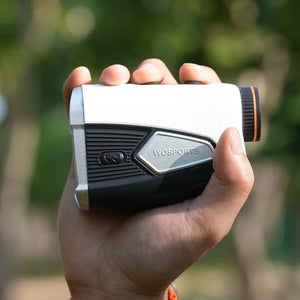
WOSPORTS L14 Golf Rangefinder
Fast, accurate, slope-enabled, and tournament-legal. Ideal for players who want performance without the premium price tag.
advanced slope compensation technology.
Accurate up to 1500 yards.
Fast flag-lock technology.
7x optical magnification.
4. Sharpen Your Mental Game
Golf is as much about the mind as it is about mechanics. Even technically solid players struggle with accuracy due to mental errors.
Mental Habits That Improve Accuracy:
- Commit to Every Shot: Doubt and indecision are accuracy killers.
- Visualize Your Shot: Picture the ball flight and target area before swinging.
- Stay Present: Avoid overthinking by focusing only on the current shot.
Sports psychologist Dr. Bob Rotella emphasizes routine and confidence:“Trusting your swing is the first step to hitting it where you aim. Fear of missing creates tension — and tension destroys accuracy.”
5. Train Under Pressure & Simulate On-Course Conditions
Driving range swings rarely translate to the course unless you train under realistic pressure. Add variability to your practice by:
- Practicing with one ball, mimicking real-play decisions.
- Playing “worst ball” games with yourself to force smart shot execution.
- Competing with friends on specific targets.
- Simulated pressure improves your focus and prepares you mentally for scoring conditions.

6. Learn Smart Course Management
Course strategy is often ignored by amateurs — yet it's one of the easiest ways to increase golf accuracy without changing your swing.
Strategy Tips:
- Avoid hero shots: Play to safe zones and give yourself the next-best chance.
- Use the middle of the green as a target, especially when the pin is tucked.
- Know your carry distances with every club — use a golf rangefinder to confirm on-course.
Many players aim straight at the pin regardless of danger. Professionals, however, often aim away from trouble and toward larger landing areas. This strategic thinking boosts their consistency and scoring reliability.
7. Develop a Reliable Pre-shot Routine (and Stick to It)
One of the fastest ways to improve your golf accuracy — without even changing your swing — is by developing a reliable, repeatable pre-shot routine. It reduces mental clutter, builds consistency, and ensures your body and mind are in sync before every shot.
What a Good Pre-shot Routine Includes
7.1. Assess the Shot
- Use your golf rangefinder to get an exact yardage to the pin or target.
- Factor in wind, slope (if using slope-enabled models), and hazards.
7.2. Pick Your Club and Shot Shape
- Choose the right club based on carry distance and any elevation change.
- Decide on a shot shape (fade, draw, straight) if needed.
7.3. Visualize the Shot
- Picture the trajectory, landing spot, and roll-out in your mind.
- This helps your body align with the outcome.
7.4. Set Your Alignment
Use a spot a few feet in front of the ball as an intermediate target to align your feet and shoulders.
7.5. Take a Rehearsal Swing
One or two smooth practice swings to feel tempo and rhythm.
7.6. Step In and Execute
Look at your target one last time, take a breath, and commit to your swing.
Try to Avoid These Common Accuracy Mistakes
How to Fix
Frequently Asked Questions
Q1. How can I become more accurate in golf?
To improve golf accuracy, focus on swing fundamentals, consistent alignment, smart course strategy, and using tools like a golf rangefinder to judge distances accurately.
Q2. Do golf rangefinders really help with accuracy?
Yes. Golf laser rangefinders provide precise yardages to the flag, hazards, or lay-up zones, which helps with correct club selection and shot planning — essential for better accuracy.
Q3. Can beginners use golf rangefinders effectively?
Absolutely. Beginner-friendly models like the WOSPORTS Golf Rangefinder are easy to use and provide slope-adjusted distances to help newer players make smarter decisions.
Q4. How do I practice golf accuracy at the driving range?
Use targets, aim at specific distances, and simulate course conditions. Incorporating a rangefinder allows you to track distance accuracy and dial in club yardages.
Search
Popular Posts
Recent Posts

Nov 28, 2024
Troubleshooting Common Trail Camera Issues
Jan 10, 2025
Why Does My Trail Camera Stop Working at Night?

